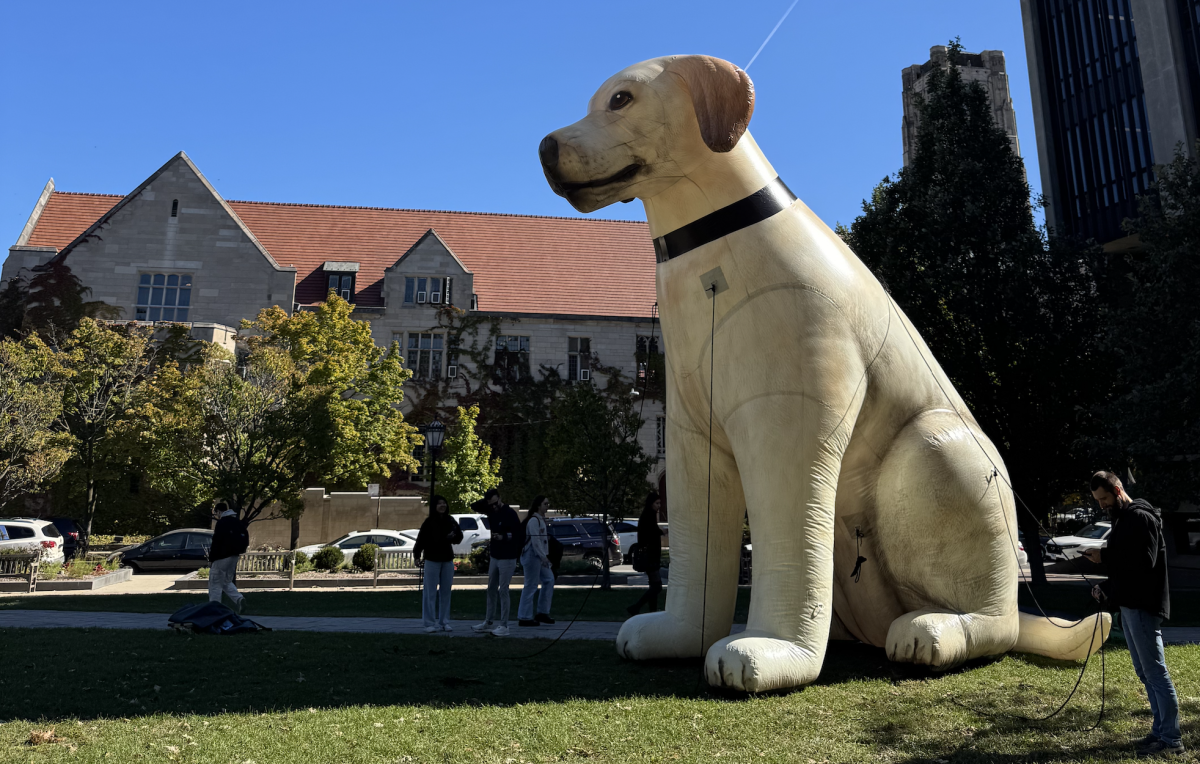MIT, Caltech, Stanford, and a handful of Ivies: That’s all that stands between the University of Chicago and the pinnacle of the academic world.
At least according to the 2009 U.S. News and World Report college rankings. The U of C again climbed the rankings this year, landing at number eight.
Elsewhere in the top 10, Harvard jumped past Princeton to regain the top spot. Yale, MIT, and Stanford round out the top five. Northwestern is tied with Washington University at St. Louis for 12th.
Ranked ninth last year, the U of C continues to reverse a trend that saw the school drop to 15th in 2006. That fall drew criticism from many students and alumni and left administrators scrambling to make better sense of the rankings.
“We did not make satisfactory progress until I scheduled a time for Dean Boyer, Steve Gabel from the provost’s office, and me to visit the U.S. News people in D.C.,” Michael Behnke, dean of College enrollment, said in an e-mail.
That trip proved fruitful as administrators discovered instances of misreporting that had contributed to the decline. This finding led directly to the jump in rankings in 2007, Behnke said.
Despite administrators’ efforts, Behnke said that rankings play only a small role in University policy. He mentioned, though, the effort to cap core class size at 19 students, the level at which U.S. News and World Report defines a small class. He added that smaller class sizes are better for students regardless of college rankings.
“I don’t see any trade-offs because we have not really changed anything we actually do,” he said. “If we do manage to cap core classes at 19, I will have no difficulty defending that as a good thing to do.”
The U.S. News and World Report rankings are based on reviews by peer educators, student retention, faculty resources, financial assets, and selectivity.
For many students, the higher ranking is welcome news, but there remains a level of trepidation over what is perceived as administrators’ mounting concern for prestige. This was apparent two years ago when the University announced its switch to the Common Application, a measure that struck some as targeted at shrinking the school’s selectivity rating. Students protested, creating a Facebook group and sporting T-shirts that read “I am Uncommon.”
Dean of Admission Ted O’Neill strongly refutes that allegation. No fan of the rankings himself, O’Neill said that the move to the Common Application was considered strictly as a means of increasing the accessibility of the University for prospective students.
“We didn’t want to lose people that would have been a good fit for the University,” he said. He added that the supplement to the Common Application retains much of what made the former application unique.
In 2008, the University accepted 27.8 percent of its applicants.
Though the University may have seen an increase in applications following the switch to the common application, O’Neill suggests that the increase has been due to more than rankings. “We saw an increase in applications when we dropped in the rankings,” he said. “And we saw an increase in applicants when we rose in the rankings. Cause and effect is a little hard to determine.”
Student reactions have been mixed. Second-year Peter Lopresti said the U of C’s rank played a large role in his decision to attend the University. “The school’s rankings were a large factor in where I chose to apply. I wanted to be in a place that I knew could challenge me and aid in my development as an academic and as a person. To accomplish this I mostly considered schools that were ranked in the top 20 on the U.S. News and World Report,” he said.
But according to O’Neill, there is perhaps no scientific way to determine which college would make the best fit for individual students. “It has been very destructive,” O’Neill said of the focus on rankings in the college search process. “People are making bad decisions about important things…. It really takes a narrative and not a set of numbers.”
Alastair Cleve, a second-year in the College, dismissed the notion that college rankings should be students’ primary resource when determining where to attend school.
“What is best, in my opinion, is a recognition that rankings are but a single manifestation of competition,” Cleve said in an e-mail interview. “There are other ways to gauge the quality of an institution, such as the number of academic and global movements that have been begun there or the number of students who report that they are receiving a meaningful education.”








